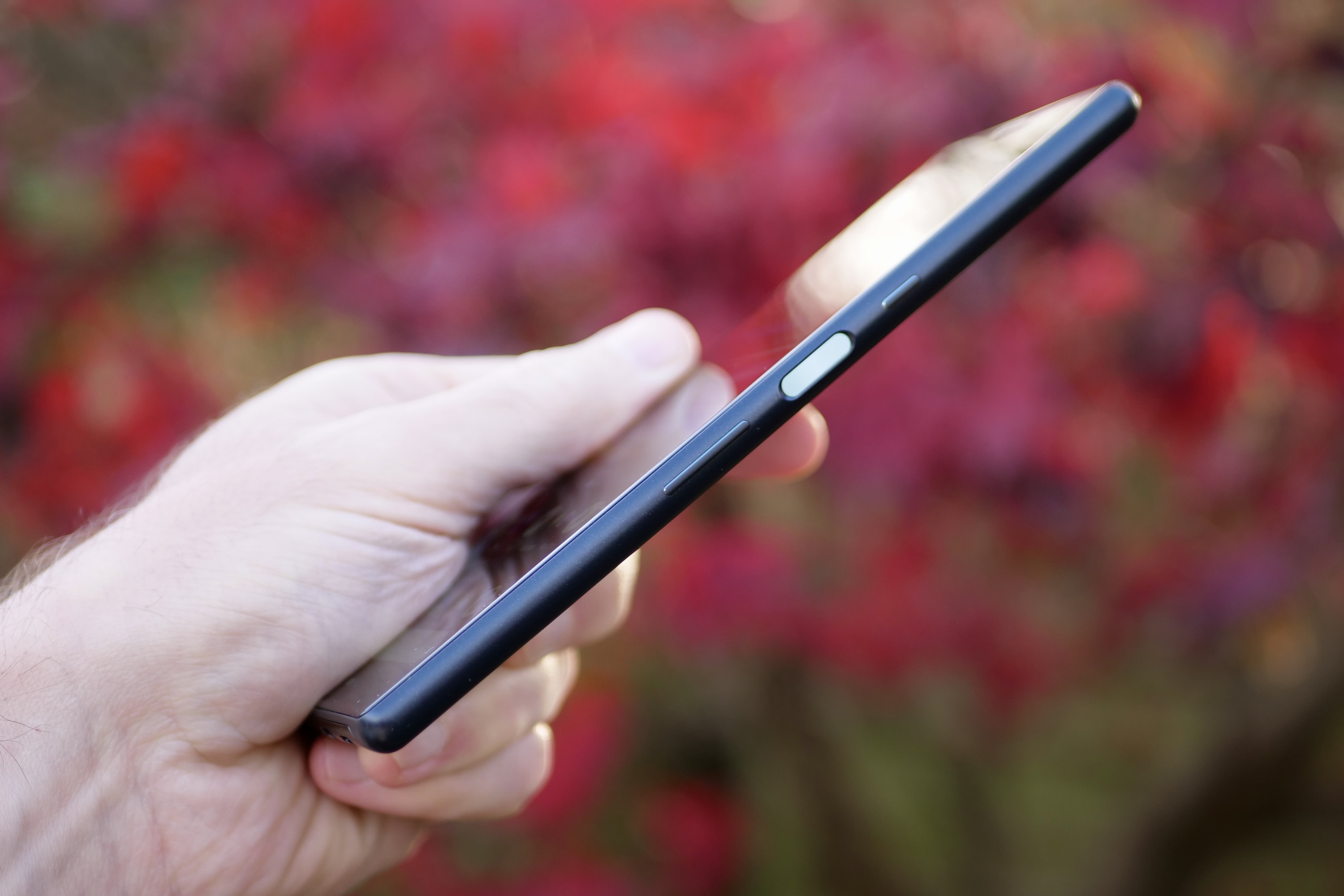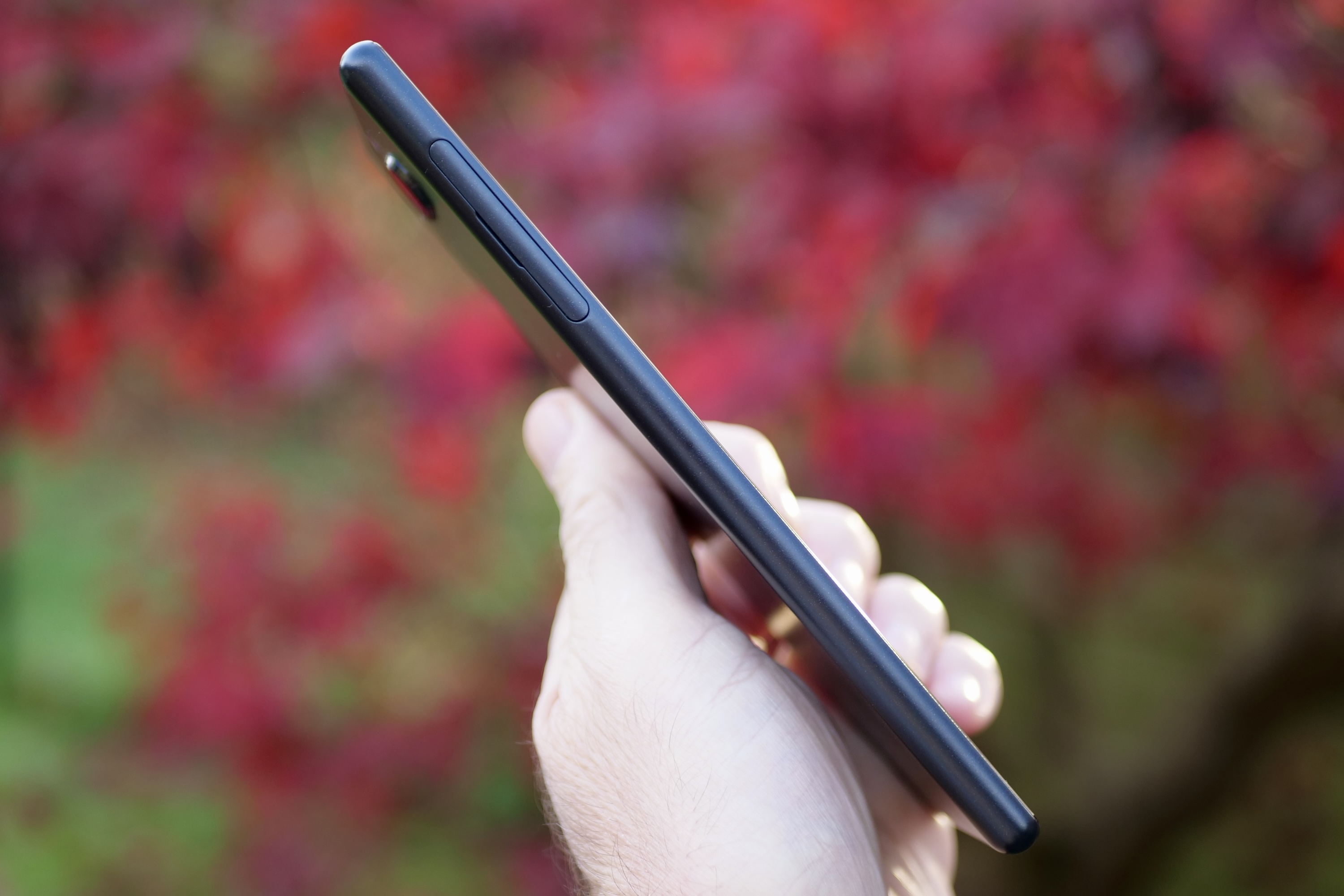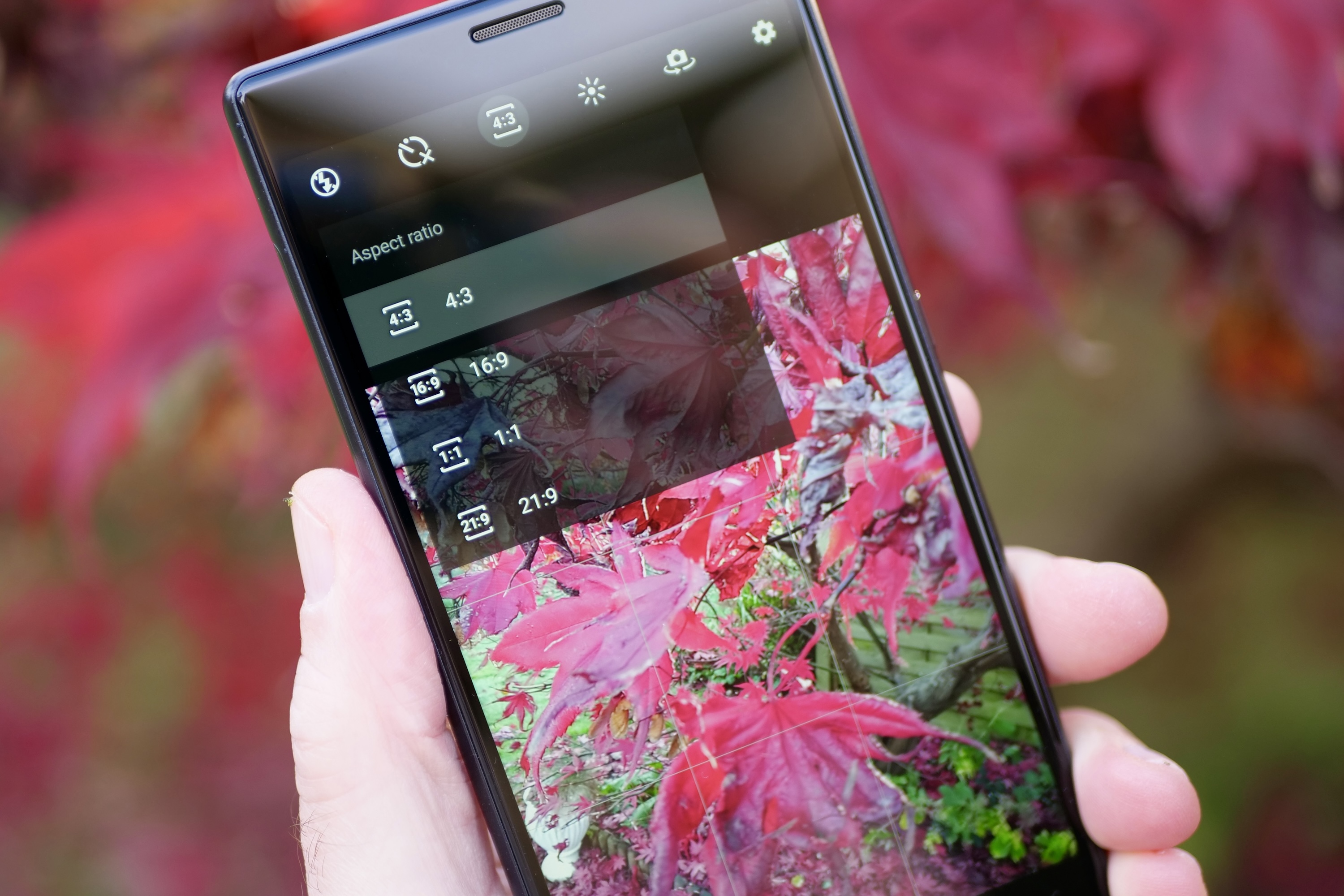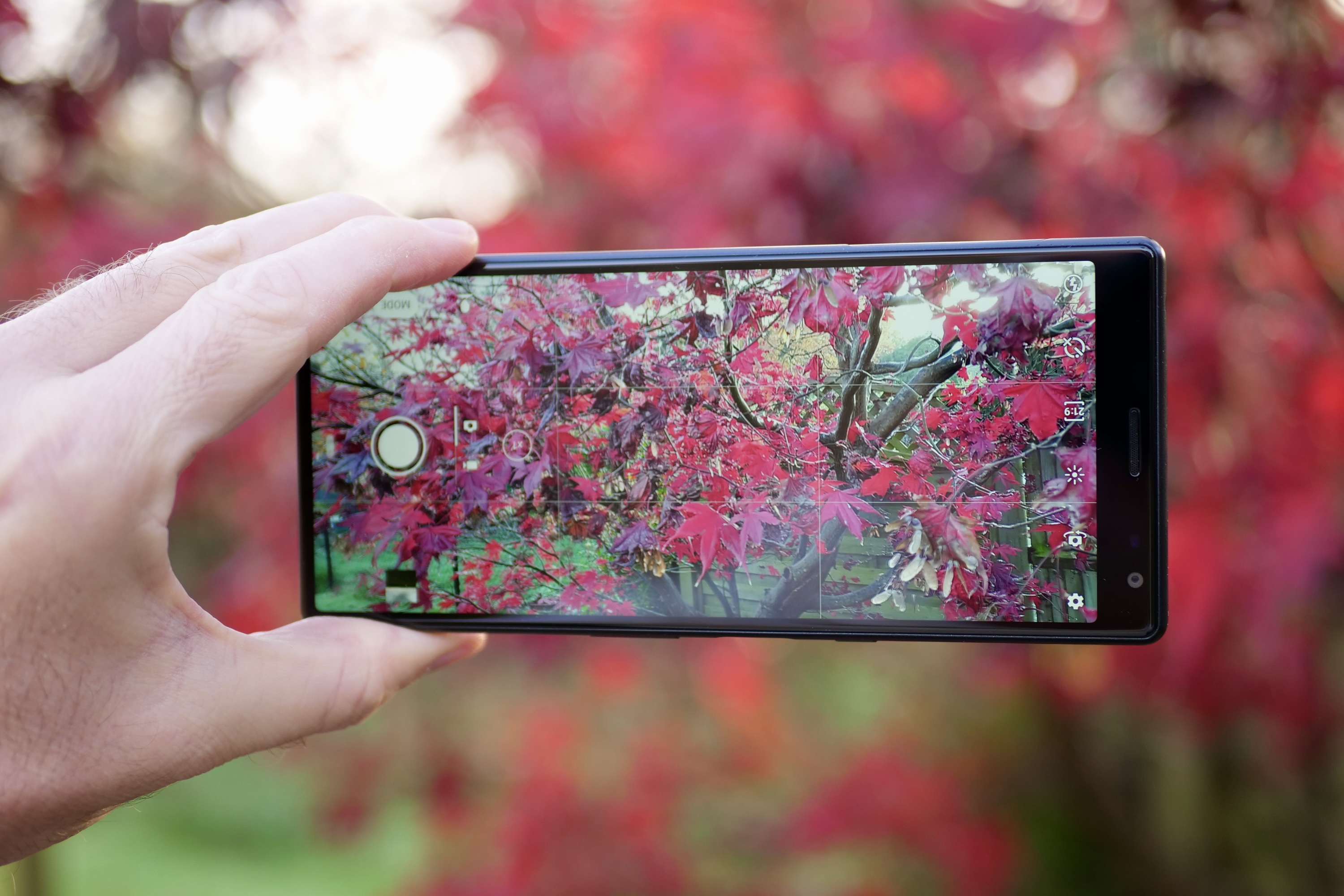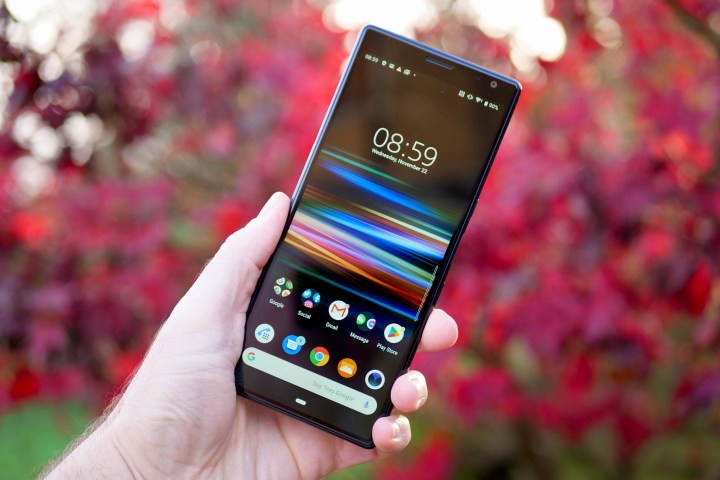
A few years ago, several smartphone makers tried to make widescreen smartphones popular. Sony and Motorola were among those releasing devices with unusual 21:9 aspect ratio screens — claiming they were perfect for watching movies, as they provided that classic “cinemascope” look. However, they also made the phones unusually tall and thin, which put some people off.
Revisiting one of these phones in 2023 reveals why widescreen phones didn’t reach mainstream acceptance at the time. But it also shows how they were actually far more important than we ever gave them credit for.
What made the Xperia 10 Plus special
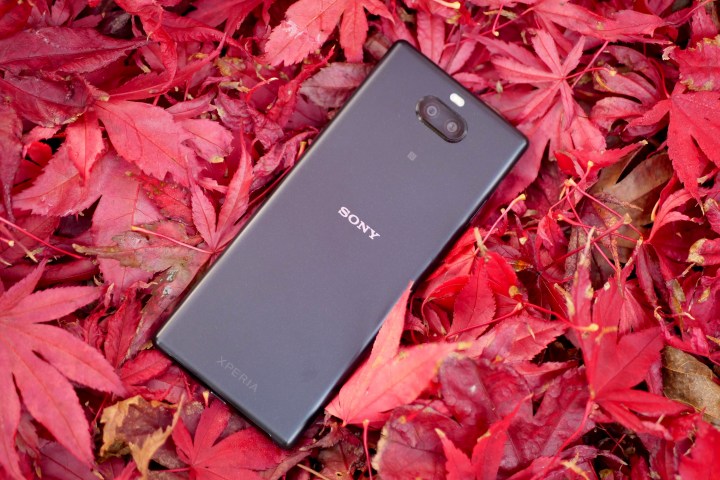
The 21:9 smartphone I’ve been looking at is the Sony Xperia 10 Plus, which was released in 2019, but it certainly wasn’t the first or the only example of this unusual format. LG pioneered the format with the BL40 New Chocolate in 2009, only for the wide screen to disappear for another 10 years when its interest was suddenly reawakened by Sony.
For this first run of 21:9 phones, the Xperia 10 Plus was the middle device in a trio of devices, joined by the Xperia 10 and the top-of-the-range Xperia 1. Sony continued to put 21:9 aspect ratio screens on many smartphones for several years, including the 2022 Xperia 5 IV. Around the same time as Sony’s exploits, Motorola also used a widescreen on phones like the Motorola One and the Motorola One Vision, but it was nowhere near as committed as Sony.
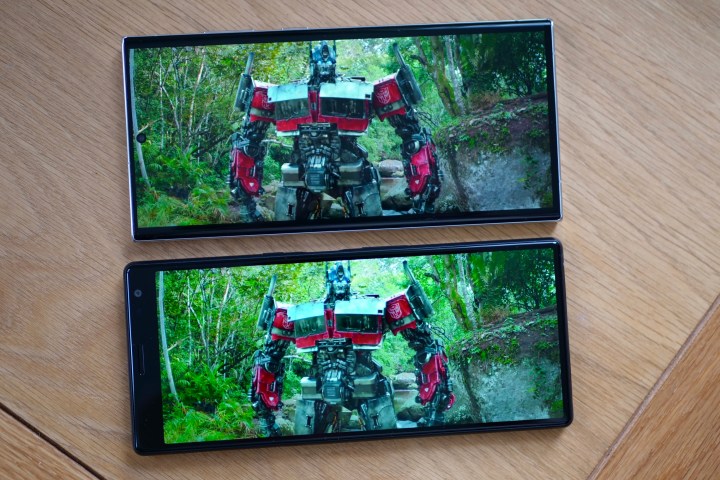
How does video look on these cinematic phones? It looks good, provided you accept that phone screen technology has moved on a lot since a 2019 LCD panel, but finding 21:9 content is as awkward and frustrating as it was when the phone was released. Streaming services promote the resolution and quality, rarely mentioning the aspect ratio, and much content is shot in 16:9 anyway. This shows black bars on either side of the screen on the Xperia 10 Plus. Search YouTube, and you’ll discover a lot of trailers, just as it did when I first reviewed the phone.
In addition to the video “benefits,” long screens were pushed as being great for multitasking (they aren’t), and in the Xperia 10 Plus’s case, on the camera, too. There’s a dedicated 21:9 stills and video mode, which is as bizarre today as it was in 2019. In some circumstances, I can see how budding filmmakers could have fun creatively shooting video, but it doesn’t make much sense for stills. A wide-angle camera includes a lot more in a scene and is far more versatile.
Why didn’t it work?
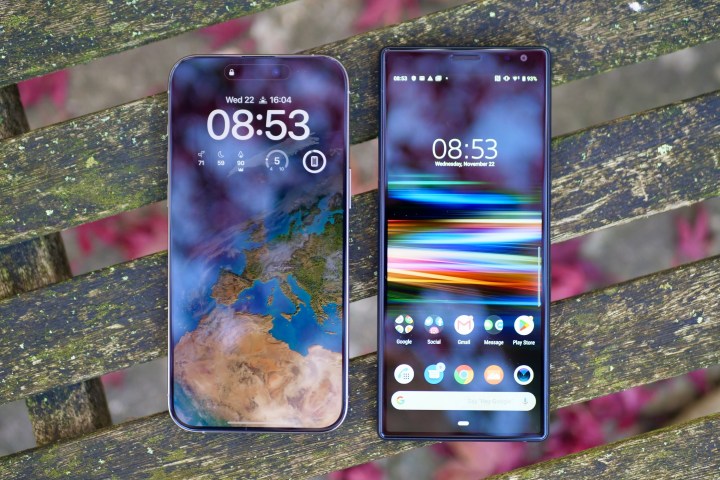
The effort involved in trying to find varied 21:9 videos to watch online and usually being disappointed was — and remains — a big problem. When you do find something, watching it on the Xperia 10 Plus and the Samsung Galaxy S23 Ultra also shows why screens like this didn’t take off. There’s just not enough difference between them, and the Samsung phone is far better suited to viewing video in other aspect ratios.
This versatility means the Xperia 10 Plus’s one-trick screen comes across as a bit of a gimmick and strangely limiting in the central area where it was supposed to excel. Another nail in the 21:9 smartphone’s coffin is the indifference towards the 21:9 televisions. Attempts to put TVs and a 21:9 ratio together for home viewing have so far failed, but monitors with a 21:9 view are slightly more plentiful. But if you’re out shooting 21:9 video on your 21:9 smartphone, then you’d likely also want to show it on a 21:9 television, but that hasn’t really been an option.
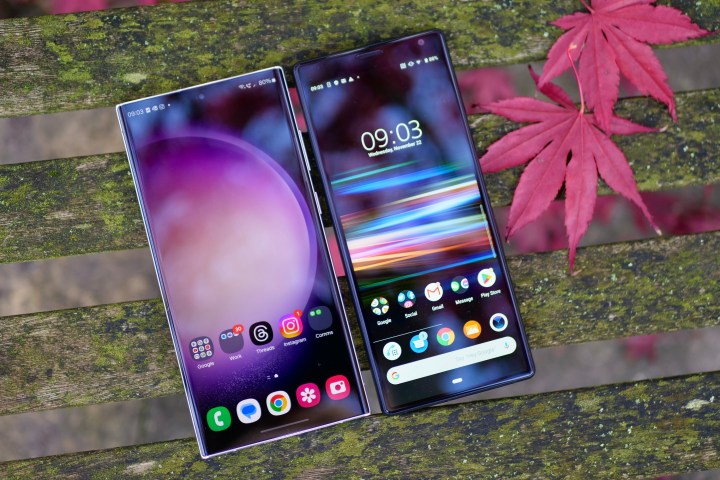
It’s unfortunate, as ergonomically, holding the Xperia 10 Plus is wonderfully comfortable, and it’s so easy to use it with one hand, too — provided you don’t need to stretch up to reach the upper part of the screen. The phone looks unusual, and even from a distance, it’s clear it isn’t shaped like most others.
I like the style but concede it’s not always very practical. However, as we’ll see next, the 21:9 aspect ratio screen has managed to find a new niche that draws on these positives to occupy in 2023.
The 21:9 screen returns
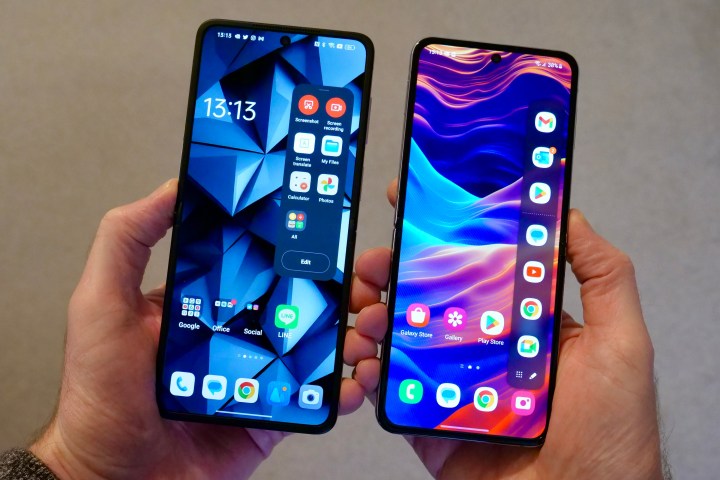
The 21:9 aspect ratio screen may sound like a relic, but it’s actually making a return on the most cutting-edge modern smartphones. It turns out the tall, thin aspect ratio works really well on folding smartphones.
You look at a 21:9 ratio screen on an open Oppo Find N2 Flip and Oppo Find N3 Flip, the Vivo X Flip, and the Huawei P50 Pocket. The cover screens on the Tecno Phantom V Fold, Xiaomi Mi Mix Fold 3, the Huawei Mate X2, and the Vivo X Fold are all 21:9 aspect ratios, too. Even the original Samsung Galaxy Fold used the 21:9 ratio for the cover screen.
The tall and thin design works well in this instance, as it’s highly usable with one hand (just like the current 23:1.9 ratio on the Galaxy Z Fold 5) regardless of the device’s thickness when folded up, and is also suitable for watching video when a phone is folded slightly so it supports itself at an angle. It’s a different direction to the one taken by the Google Pixel Fold and the OnePlus Open, where the cover screens are closer to a non-folding phone’s format.
Interestingly, a video posted to X (formerly Twitter) during the launch of the Galaxy Z Fold 5 in July showed a series of prototype big-screen folding phones, each with a different aspect ratio for the cover screen. One of them had a 21:9 shape, showing that Samsung is still experimenting with it. It obviously didn’t make it past the concept/prototype stage this time around, but it’s possible a future Z Fold device may adopt this cinematic aspect ratio again.
A quiet (but important) comeback
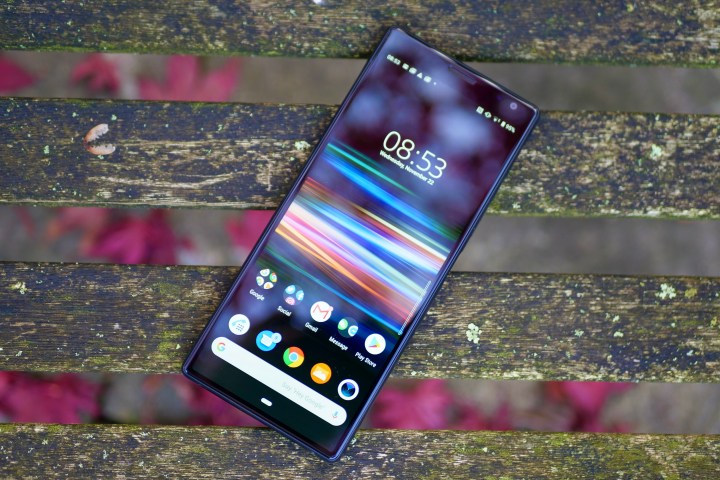
The 21:9 aspect ratio screen seems to have found its place in 2023, and this time around, it has largely gone unnoticed — mainly because manufacturers have kept quiet about it. It hasn’t been pushed as the perfect screen for video or multitasking and instead keeps folding phones more manageable when open or closed. Based on how little seems to have changed in online video since the Xperia 10 Plus was released, this is definitely the most sensible approach.
It’s great to see how this unusual screen’s true benefits in shape, size, and in-hand comfort have gone on to enable us to enjoy the most interesting and exciting type of smartphone available today.
Editors' Recommendations
- 4 things Android phones still do better than the iPhone 15
- Pixel 4 XL vs. iPhone 11 Pro vs. Note 10 Plus vs. OnePlus 7T: Camera shootout
- Which budget phone has the best camera? We tested four to find the answer
